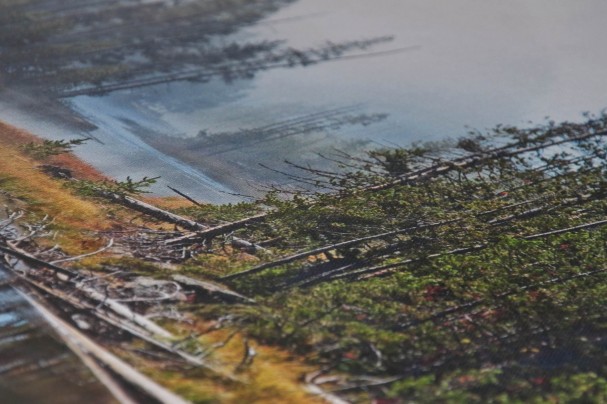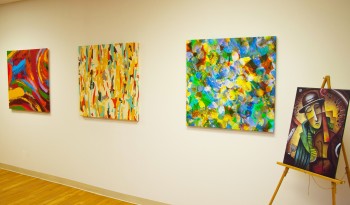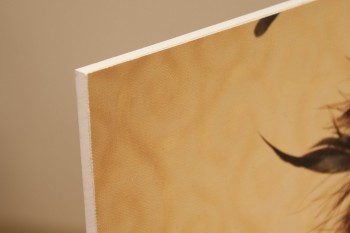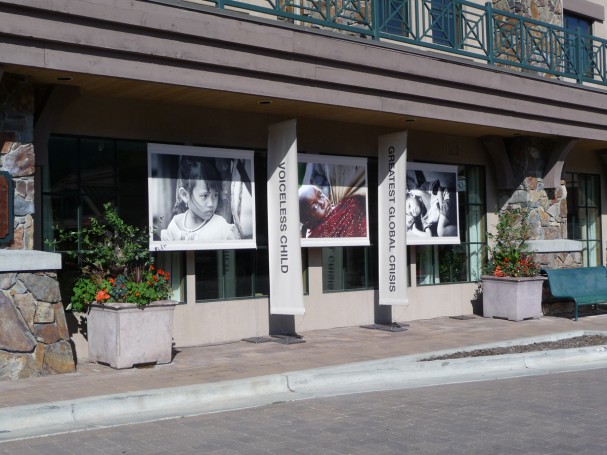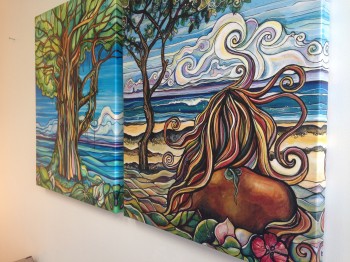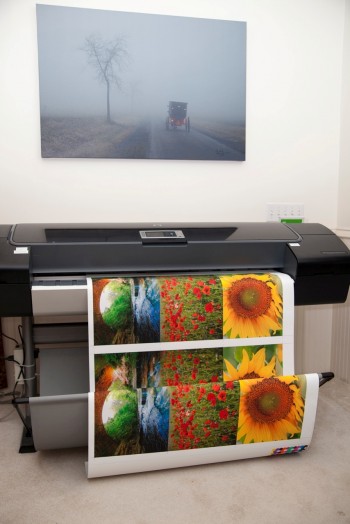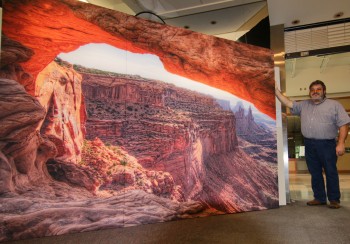Art becomes interesting when it’s timeless — and fine art is only as timeless as the canvas it is created on. Fredrix Canvas celebrates 150 years of producing the world’s premium artist and printable, archival canvases. Manufactured in the USA, Fredrix uses the finest textile woven to stringent specifications, employing both high-tech, state-of-the-art machine coating techniques along with hand priming.
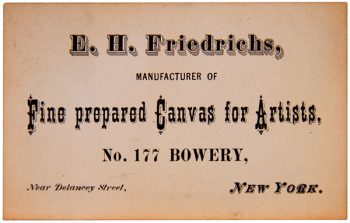 Fredrix has decades of experience producing superior artist canvas and this knowledge has translated into the production of superior printable canvas. Fredrix high-quality canvas produces stunning digital prints with a wide-color gamut that’s color-accurate and consistent from print-to-print.
Fredrix has decades of experience producing superior artist canvas and this knowledge has translated into the production of superior printable canvas. Fredrix high-quality canvas produces stunning digital prints with a wide-color gamut that’s color-accurate and consistent from print-to-print.
The Fredrix portfolio of digitally printable canvas continues to grow with the addition of Fredrix 558 Raw Canvas Natural — a 100% natural cotton product with no OBAs that’s an alternative to the typical polyester fabrics and blends.
Fredrix plans to launch its 150th-year celebration this October at SGIA in Las Vegas. Check out the festivities on October 18–20 at the Las Vegas Convention Center.
For more information on Fredrix Canvas offerings, call 800-453-9538 to speak with a LexJet sales representative or visit LexJet.com to purchase Fredrix Canvas today — available exclusively in the U.S. through LexJet.

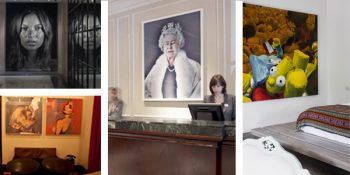

 Built to maximize canvas output with solvent, low-solvent and latex printers, the updated
Built to maximize canvas output with solvent, low-solvent and latex printers, the updated 